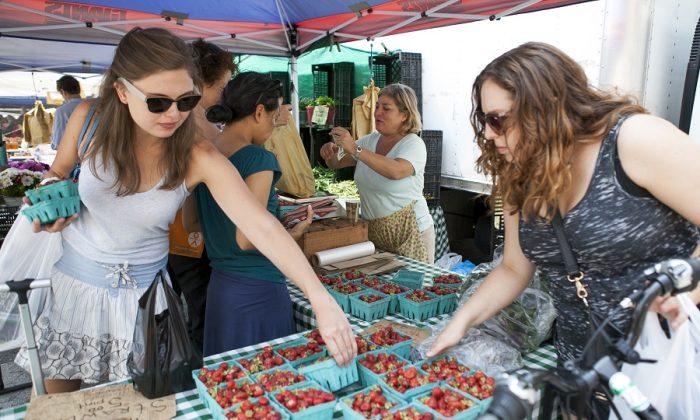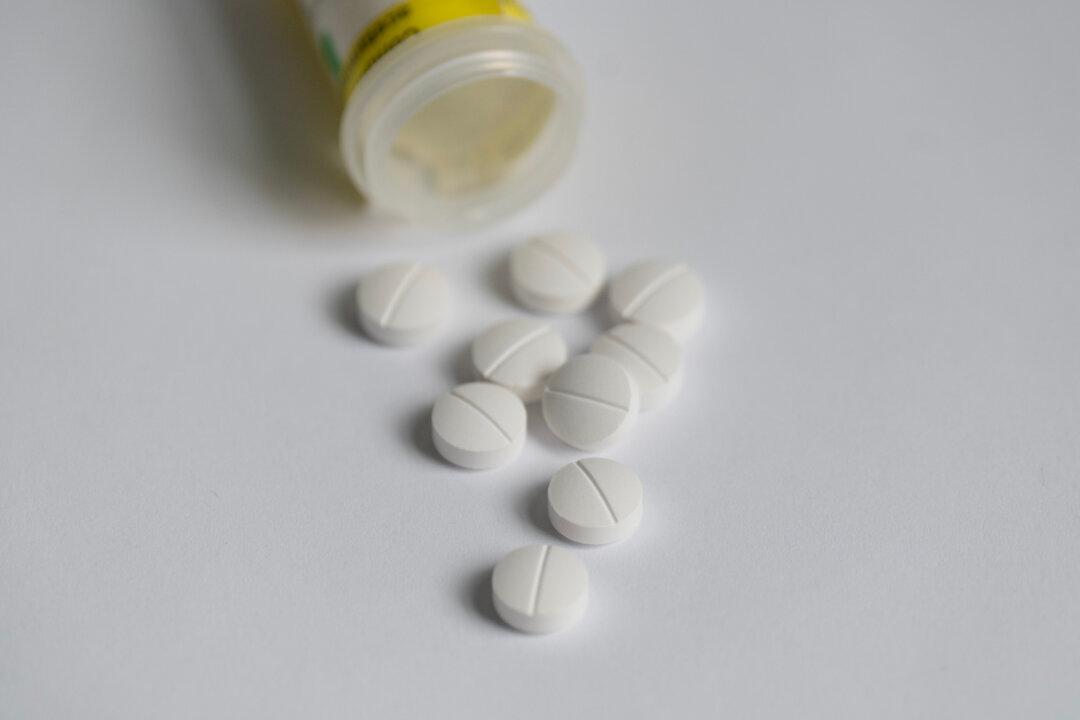Washing fruits and vegetables is not enough to avoid ingesting pesticides. Americans and people all over the world are eating pesticide residue every day, as has been shown by the presence of pesticides in blood and urine samples taken from broad populations.
The health effects could include a greater risk of cancer, reproductive problems, and impaired mental development in children.Regulators, like the Food and Drug Administration, monitor pesticide residues on foods. However, the levels of residue they consider safe are probably actually harmful, say some scientists. Regulators base their safety assessments on limited studies of individual pesticides. They don’t consider the accumulation in the human body and interactions of various pesticides from multiple sources.
For example, say you eat a little of this pesticide with your strawberries, a little of that pesticide with your honey, and another pesticide with your broccoli. Maybe having one helping of strawberries with one pesticide on them is still within safe parameters. But if you eat a lot of strawberries, maybe you’ll pass that level of safety.
Or maybe there are multiple pesticides on the strawberries, broccoli, and honey, and it is unknown how those different pesticides interact with each other. The mixture in your body could have a bad effect, like mixed medicines.
Altogether, you could end up with an unsafe level of pesticide exposure.
While eating organic food can reduce exposure to pesticides, it seems nothing is entirely safe; residues have even been found in organic baby food. This may be due to pesticide drift from surrounding conventional farms, among other reasons.
Deciding an Acceptable Level of Risk
“I think that what it comes down to is societal norms,” said Virginia Zaunbrecher, a molecular biologist and lawyer at the University of California–Los Angeles. “Do we as a community want to accept this kind of risk or do we want our government to regulate it? And are we willing to pay for that, whether it be increased cost of produce or increased cost of regulations?”Zaunbrecher coauthored a 2016 report on the health effects of cumulative pesticide exposure. “The big takeaway here is that we know very little about how they [pesticides] interact with each other,” she said. Yet multiple pesticides are applied to the same crop, and people are exposed to multiple pesticides on their food.
According to the limited research available, Zaunbrecher said, it seems the pesticides can interact to become more harmful. “It makes me uncomfortable to have that much uncertainty about it,” she said.
The Cocktail Effect and Other Dangers
Professor Philippe Grandjean of the Harvard T.H. Chan School of Public Health agrees that the mixture is likely to be harmful. “Animal studies looked at individual pesticides with completely different effects and mechanisms,” he said. “Each of them, individually, did not cause any sign of toxicity. Then when given together, toxicity developed.”He concluded, “We are seeing that the cocktail effect is real.”
Grandjean coauthored a study commissioned by the European Parliament to assess the health impacts of eating organic food. Since organic agriculture does not use the toxic synthetic pesticides used in conventional agriculture, the health impacts of pesticides were a major part of that study.
When regulatory agencies set safety limits for exposure, Grandjean said, they do not sufficiently take into account several factors.
One factor is the increased risk to children and fetuses. What is safe for adults may not be safe for children, who have a greater concentration of pesticides in their bodies because the amount of food they eat is greater in proportion their to body size. Also, their development could be affected.
Another factor not considered by regulators is individual constitution. “People are not just people. People differ,” Grandjean said. “I’ve studied mercury from fish, another sort of food contamination. It turns out that, depending on your genetic constitution, you may be as much as five to 10 times more susceptible to mercury than the average.”
Another factor is the “cocktail effect” previously mentioned.
While agencies generally make a small adjustment to their safety levels to compensate for some of these variables, it’s not enough, Grandjean said. The adjustment could be three times bigger and perhaps still not be enough to ensure every case of pesticide exposure is safe.
Proceeding With Caution
Grandjean said that history has taught us we should assume pesticides are much more toxic than they seem initially.“Oftentimes, pesticides have lasted for maybe 20 years until adverse effects of various kinds were discovered. Then they were phased out and other pesticides were introduced,” he said. “I think history will probably repeat itself and we will continue finding adverse effects we at first didn’t think existed.”
The answer isn’t necessarily for all conventional farms to go completely organic, Grandjean said. He advocates the use of some organic principles in conventional farming to limit pesticide use. For example, crop rotation and planting certain vegetables near others can decrease the need for pesticide use.
Zaunbrecher suggested the use of a study method known as high-throughput screening (HTS) to quickly identify the most dangerous pesticide mixtures. HTS can take the place of costly and time-consuming rat studies, by using smaller organisms like bacteria or enzymes to see what effects a pesticide mixture has.
In the meantime, consumers can buy more organic food. Although that isn’t a guarantee for zero-pesticide ingestion, studies have shown a switch to organic can lower the pesticide levels in a person’s body.
People who don’t want to go all organic can choose organic only for the most pesticide-laden items, like strawberries. The nongovernmental organization Environmental Working Group lists on its website foods with the most and least pesticides. Peeling fruits and vegetables also helps.
How to Avoid Eating Pesticides
Usually, fruits and vegetables in the grocery store have already been washed, and you can’t remove the pesticide residue that remains by simply rinsing at home, said Philippe Grandjean, a professor of environmental health at the Harvard T.H. Chan School of Public Health. But peeling does help.You can also look at where your produce was grown. There’s less pesticide use in the northern states than in the southern states, Grandjean said.
If you don’t want to buy all organic food—which contains far less pesticide residue than conventionally grown food—you can choose certain items. For example, strawberries are one of the most pesticide-laden food items in the grocery store. If you’re only going to buy a few organic items, you might make strawberries one of them.
On the other hand, organic pineapples are quite expensive and you don’t eat the outside anyway, which is where most of the residue is. So you could buy conventionally grown pineapples without adding pesticides to your diet. Pineapples are also one of the foods with relatively less pesticide residue.
Grandjean cited a study in Denmark that showed that spending just $15 more per month on organic groceries eliminated some 75 percent of a person’s pesticide exposure.
The nongovernmental organization Environmental Working Group (EWG) publishes a list of foods that have a lot of pesticide residue and those that have little.
EWG’s “dirty dozen” includes strawberries, spinach, nectarines, apples, peaches, pears, cherries, grapes, celery, tomatoes, sweet bell peppers, and potatoes. Its “clean 15” includes sweet corn, avocados, pineapples, cabbage, onions, sweet peas, papayas, asparagus, mangoes, eggplant, honeydew melon, kiwi, cantaloupe, cauliflower, and grapefruit.






Friends Read Free